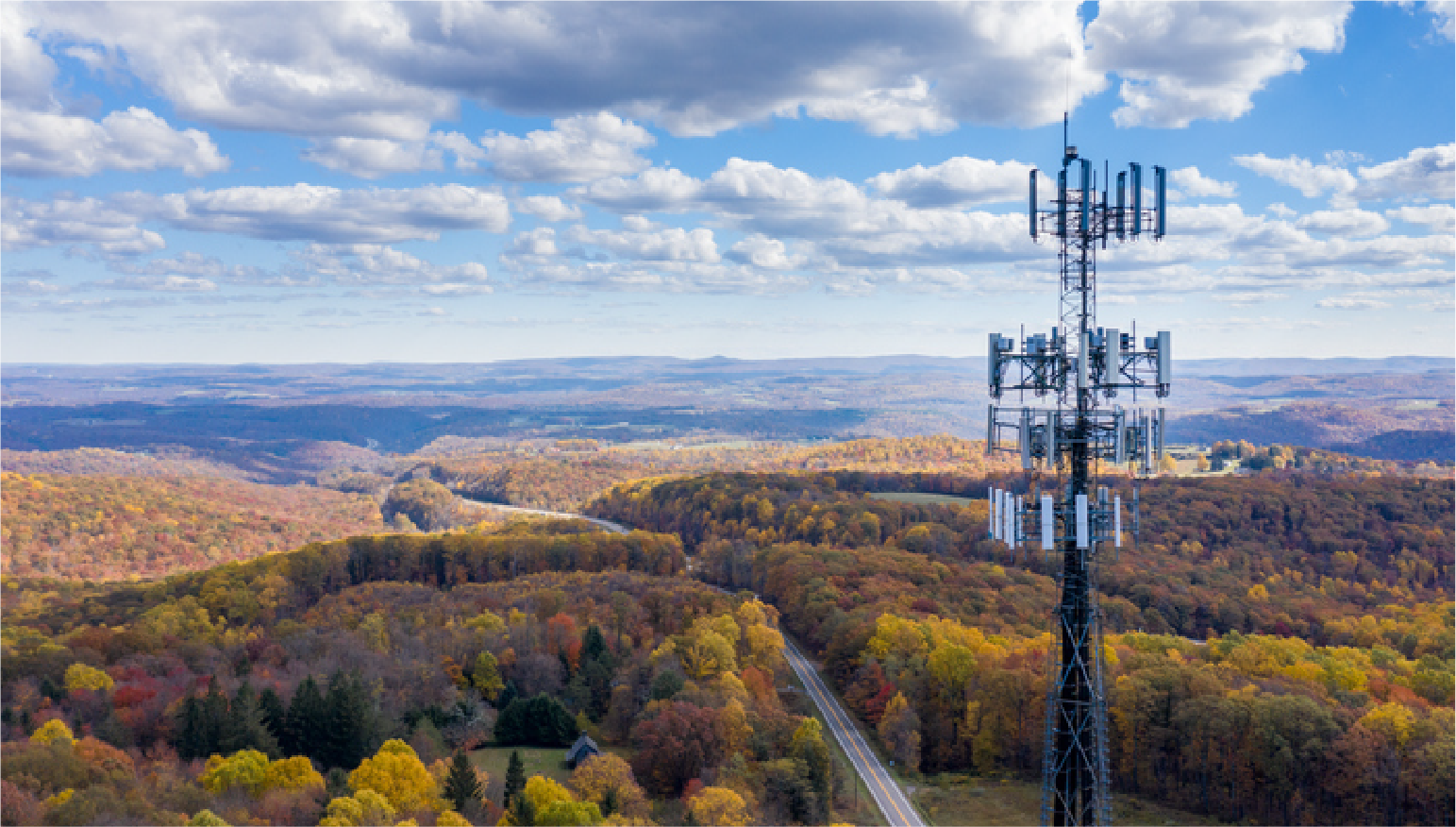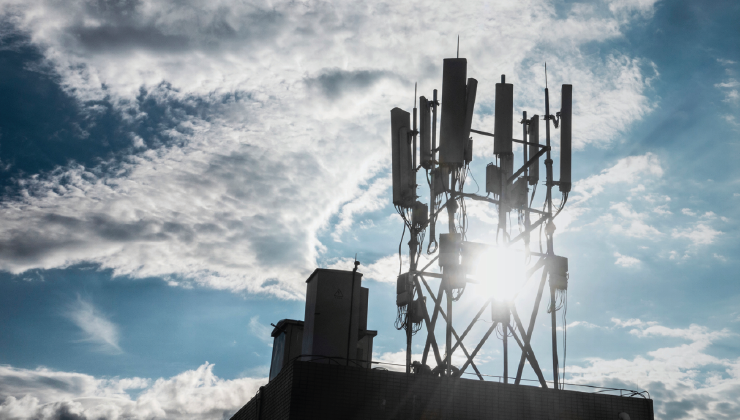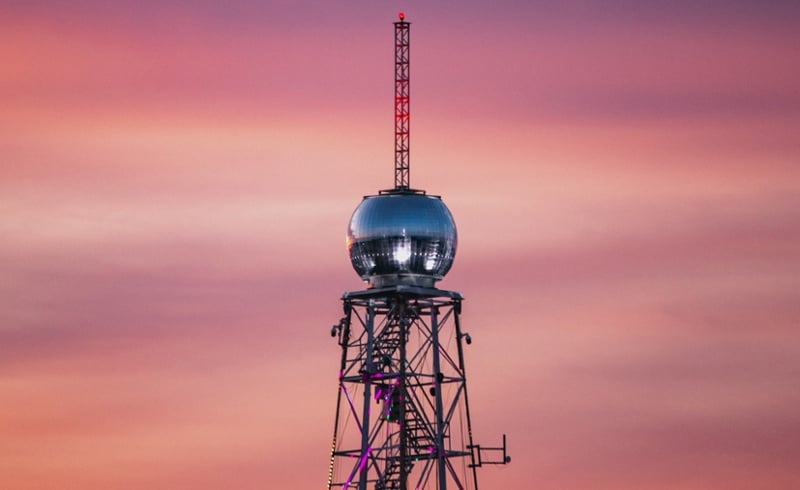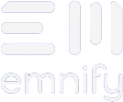

Quick definition: 3G is the third generation of cellular networks. First launched in 2001, 3G networks offered substantially faster data transfer rates than previous generations, enabled mobile devices to access the Internet, and provided greater cybersecurity.
3G networks operate on frequency bands between 400 MHz and 3GHz. While they consume 50 percent more power than 2G networks, they also provide greater spectrum efficiency, making them suitable for a wider range of applications.
However, 3G technology is about 20 years old. Telecommunications organizations have developed new solutions to make 3G connectivity faster and more versatile (such as High Speed Packet Access), but there are now two more advanced generations of networks—4G and 5G.
3G and the Internet of Things
3G connectivity is widely used in cellular Internet of Things (IoT) applications because of its global coverage and its ability to work in indoor, outdoor, and mobile settings. But for modern IoT manufacturers, the question is: how long will 3G networks remain viable? The cellular networks your device is compatible with have a direct impact on your production costs, overhead costs, and the lifespan of your application.
Many Mobile Network Operators (MNOs) are sunsetting their 3G networks to repurpose this part of the radio frequency spectrum for their 4G and 5G networks. Your customers may already be aware of this, and depending on your market, this could lead them to avoid IoT applications that rely on 3G.
So is 3G connectivity the right choice? That depends on where you’re deploying and what your application needs to do.
While 4G and 5G networks boast much faster speeds and advanced cellular capabilities, these networks often fallback to 3G service in areas where they don’t have coverage. Additionally, 3G is still widely used in numerous parts of the world, particularly in Lower-Middle Income Countries (LMICs) and rural areas.
In fact, many countries in Africa, Asia, and South America still have greater 3G coverage than 4G coverage. Carriers have to balance the cost of building more advanced infrastructure against the potential market value. Since 3G networks can often meet the demand and use cases in these areas, operators may continue utilizing 3G for years. Some network providers in these regions are even repurposing their 2G bands for 3G networks.
But if you plan to deploy in more developed countries, 3G coverage may not be viable for long. As these networks continue to sunset to free up more of the RF spectrum for 4G and 5G, manufacturers will need other low-power network connections.
Thankfully, there are plenty to choose from. An entire category of networks—Low Power Wide Area Networks (LPWANs) has emerged specifically to meet the needs of IoT applications. EMnify uses a combination of LTE-M, LTE CAT-1 and NB-IoT networks to provide low power coverage, but we also offer ample 2G, 3G, and 4G coverage to give IoT manufacturers continuous global connectivity.
Talk to an IoT expert to learn more about EMnify’s cellular connectivity solutions.
How fast is 3G?
There is a wide range of technologies and standards that qualify as “3G networks” around the world, which makes it tricky to gauge what kind of data speeds someone should expect from a 3G network.
The International Telecommunications Union (ITU) said it expects 3G networks to facilitate “a minimum speed of 2Mbit/s for stationary or walking users, and 348 kbit/s in a moving vehicle.” But it doesn’t explicitly define minimum requirements for data rates. So you’ll often hear that 3G networks offer downlink data rates of up to 2 Mbps and uplink speeds of up to 384 Kbps, but that really depends on the underlying technology.
A cellular provider’s country determines whether it uses 3GPP technologies (such as UMTS) or 3GPP2 technologies (such as CDMA-2000), each of which has a subset of tech that meets the specifications defined by the International Telecommunications Union (ITU), but may offer different data rates.
High Speed Packet Access (HSPA), evolved HSPA (HSPA+), and advanced HSPA are more recent technologies that have attempted to bridge the gap between 3G and 4G. Networks that use these technologies are sometimes referred to as 3.5G. HSPA boasts much faster theoretical download and upload speeds, but these speeds are rarely achieved, and they are still substantially slower than current 4G technology.
Is 3G right for your IoT solution?
3G is one of the most popular networks for IoT deployments because it already has a global infrastructure. But that infrastructure is in flux, as some countries dissolve their 3G coverage and others expand it. For many IoT deployments, 3G can be an effective fallback, but it’s not the ideal choice.
emnify is a complete end-to-end connectivity provider for Internet of Things manufacturers. Our M2M SIM cards offer comprehensive global coverage through a combination of cellular networks, and our IoT Connectivity Management Platform helps you optimize your network connections and data consumption.
Want help choosing the right technology for your application?
Get in touch with our IoT experts
Discover how emnify can help you grow your business and talk to one of our IoT consultants today!

Christian Henke
If you want to understand how emnify customers are using the platform Christian has the insights. With a clear vision to build the most reliable and secure cellular network that can be controlled by IoT businesses Christian is leading the emnify product network team.



